Terapia Intensiva de Membros Inferiores e Tronco em Crianças com Paralisia Cerebral Espástica Bilateral
autores por Vanessa van Tittelboom, Lieve Heyrman, Josse De Cat, Patrick Algoet , Nicky Peeters , Ipek Alemdaroglu-Gürbüz , Frank Plasschaer , Katrin Van Herpe , Guy Molenaers, Nele De Bruyn, Ellen Deschepper, Kaat Desloovere, Patrick Calders, Hilde Feys and Christine Van den Broeck
Terapia Intensiva de Membros Inferiores e Tronco em Crianças com Paralisia Cerebral Espástica Bilateral: Comparando um Funcional Qualitativo e uma Abordagem Funcional.
Cerebral palsy (CP) is the most common cause of physical disability in childhood, with an estimated pooled prevalence of 2.11 per 1000 live births [1,2]. CP denotes a group of permanent disorders of movement and posture development caused by a brain injury occurring in early life [2]. CP etiology is complex. In a large cohort study in Sweden, the etiology of CP was considered prenatal in 38%, peri-/neonatal in 38%, and unclassified in 24% of cases [3]. The Surveillance of Cerebral Palsy in Europe’s database indicates that post-neonatal CP is rare and occurs in approximately 5% of cases [4]. A recent study by Chopra et al. found that up to one in four patients with CP have an underlying genetic condition [5]. Table A1 lists some potential risk factors for CP. Impairments, such as spasticity, reduced selectivity, and postural stability, have been associated with impaired motor function, such as gait deviations. CP’s motor disorders are often accompanied by disturbances in sensation, perception, cognition, communication, and behavior; epilepsy; and secondary musculoskeletal problems [6]. Although the initial neuropathologic lesion is non-progressive, children with CP may develop a range of secondary conditions that
Clique aqui para acessar e ler o artigo completo (em inglês).
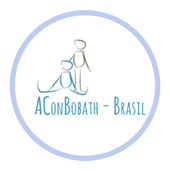
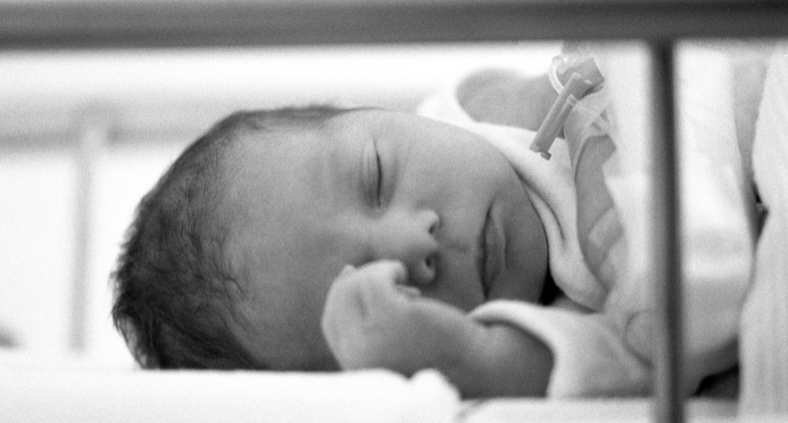


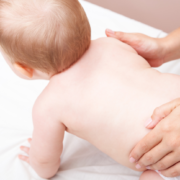
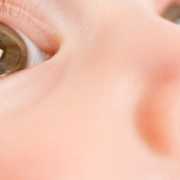

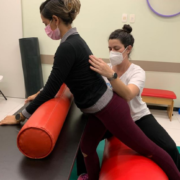
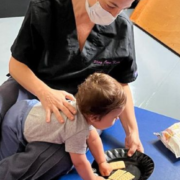



Deixe uma resposta
Want to join the discussion?Feel free to contribute!